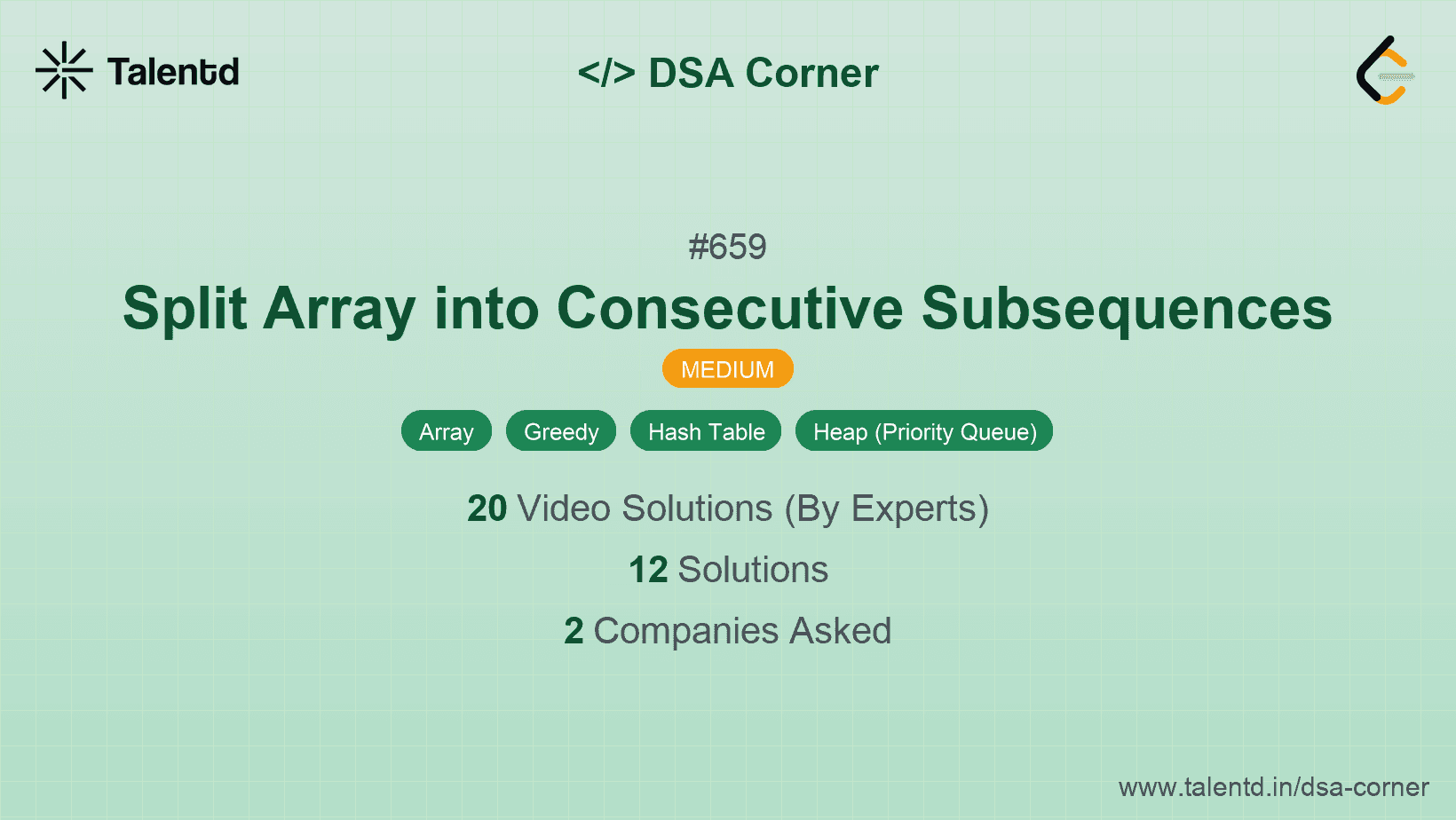
Sponsored
Sponsored
The first approach involves using an iterative method to solve the problem. This generally involves using loops to traverse and manage the input data while making use of auxiliary data structures to optimize the solution.
Time Complexity: O(n), where n is the number of elements in the array.
Space Complexity: O(1), as it uses constant space.
1#include <iostream>
2void iterativeSolution(std::vector<int>& arr) {
3 for (int i = 0; i < arr.size(); ++i) {
4 std::cout << arr[i] << " ";
5 }
6}This C++ example uses a vector and iterates through each element, printing it. This structure can be replaced with problem-specific logic.
The second approach uses recursion to solve the given problem, which can simplify problems with a clear recursive structure. This involves a base case and a recursive call that processes a subset of the data.
Time Complexity: O(n), due to n recursive calls.
Space Complexity: O(n), for the recursion call stack.
1This JavaScript function uses recursion to console log each element in an array. It stops once all elements have been processed.